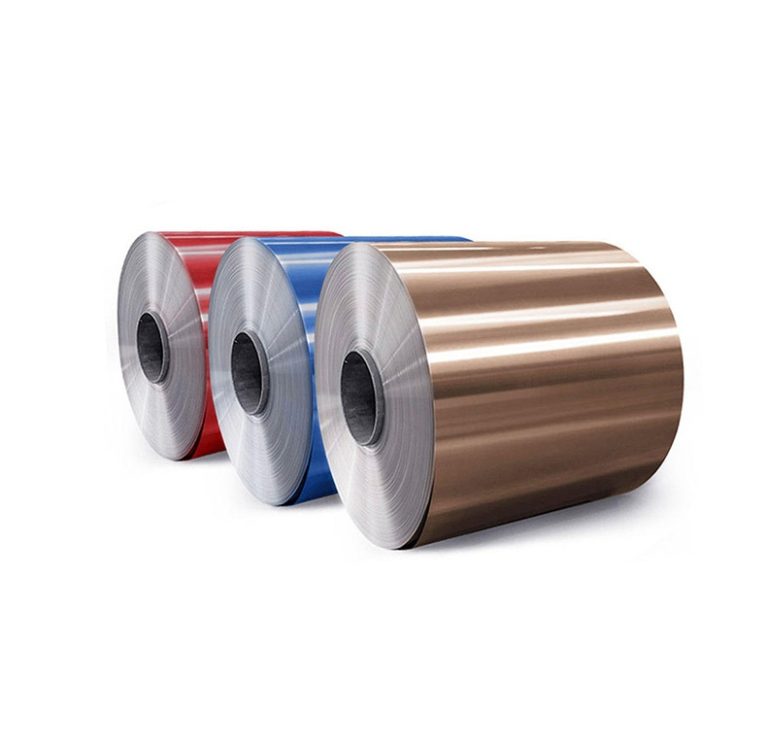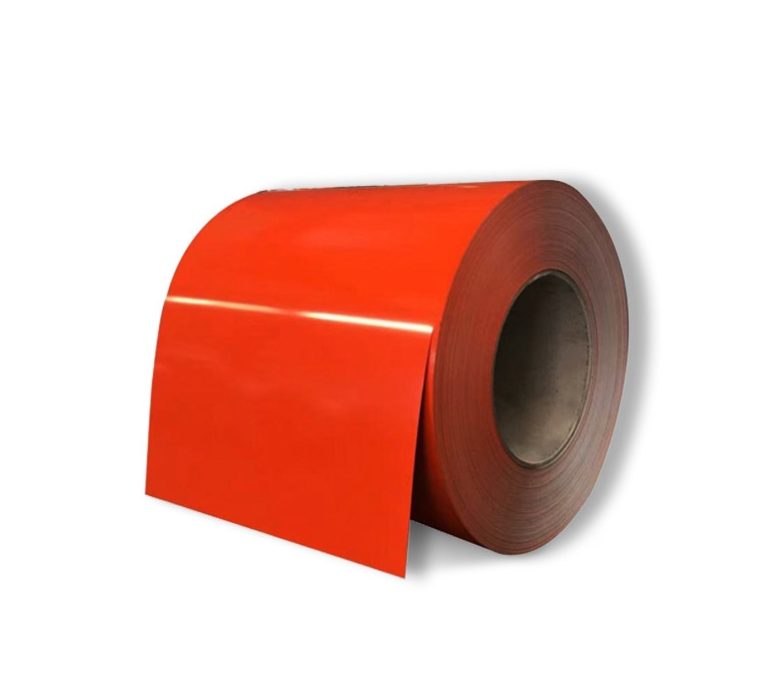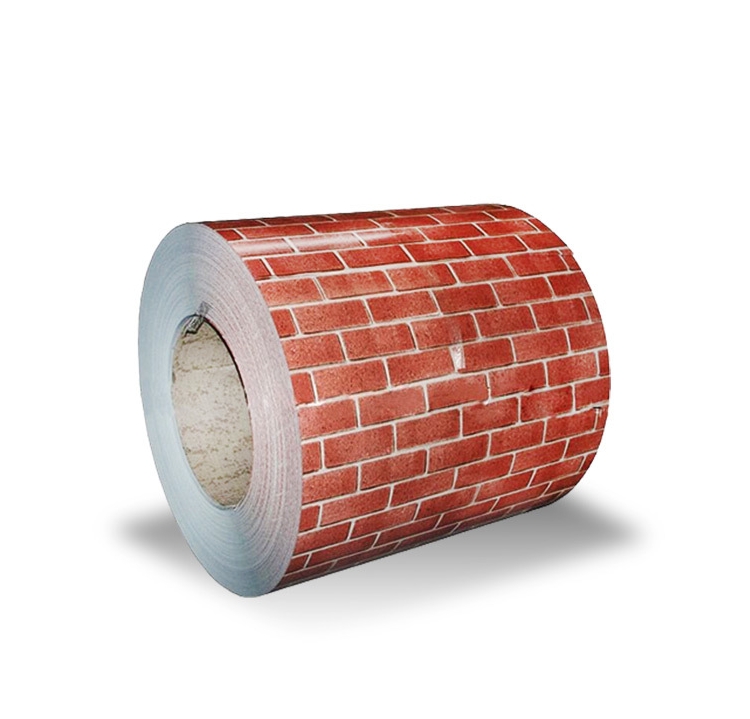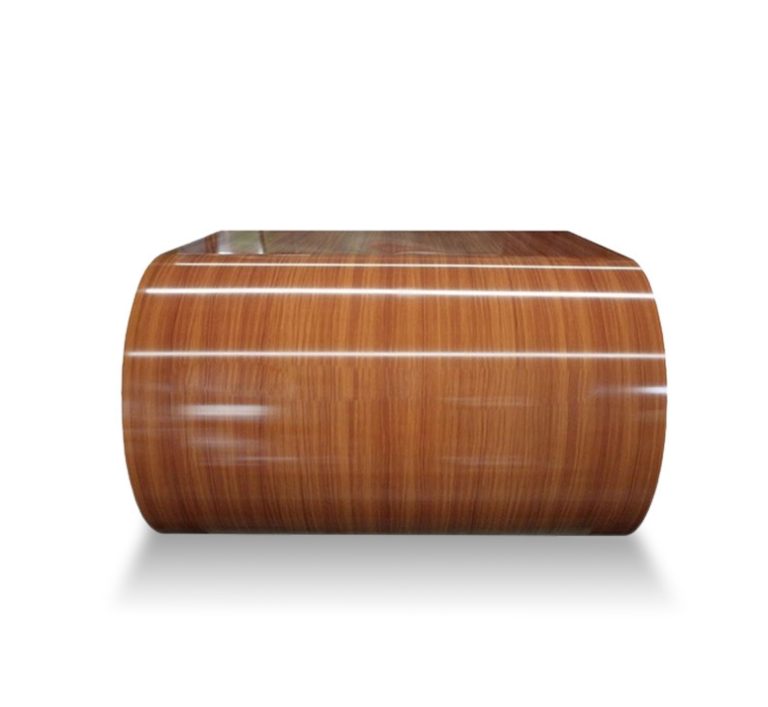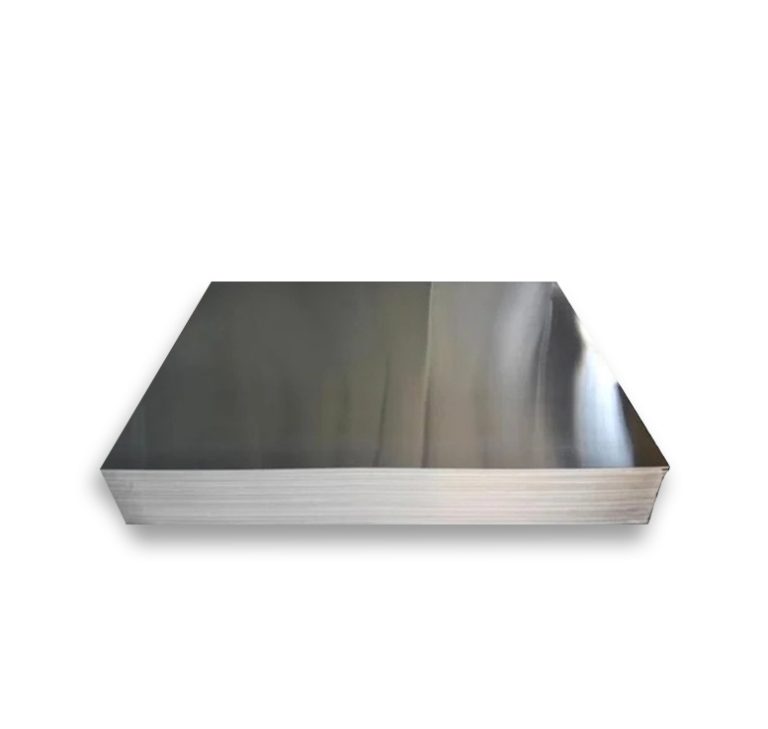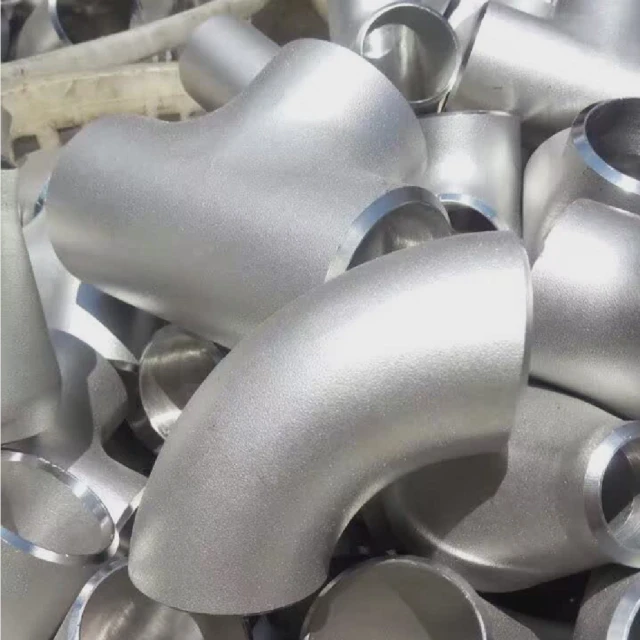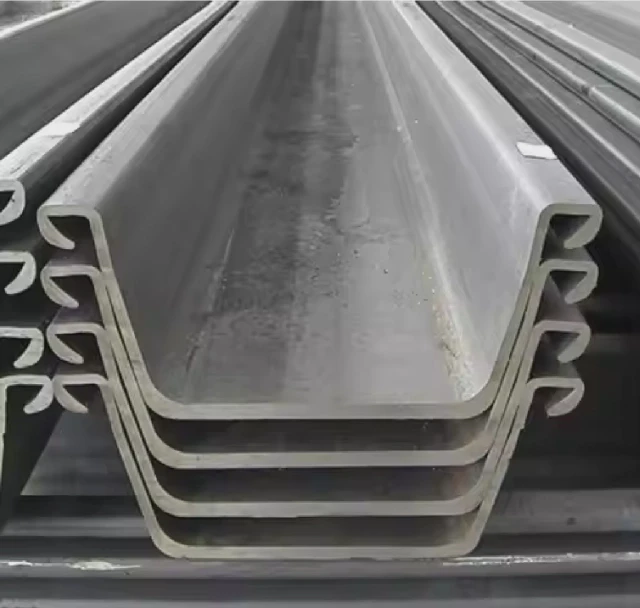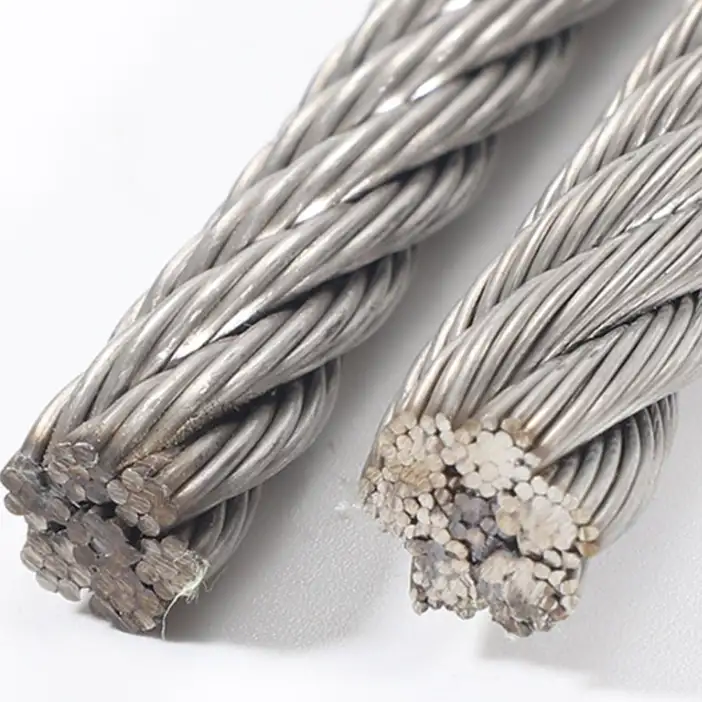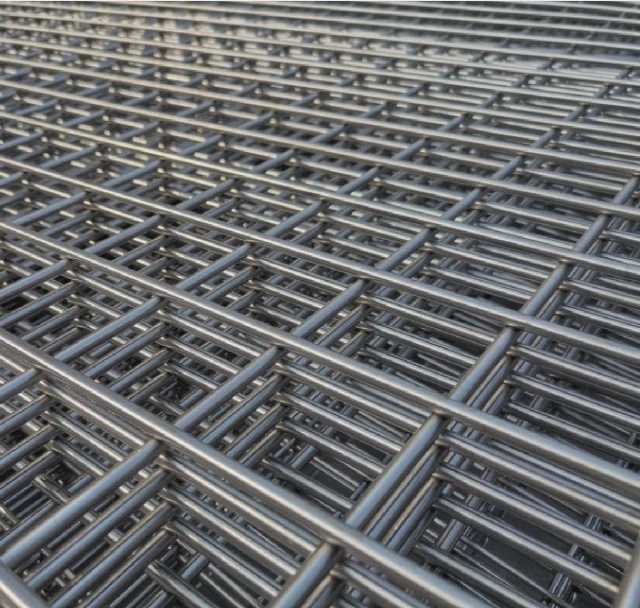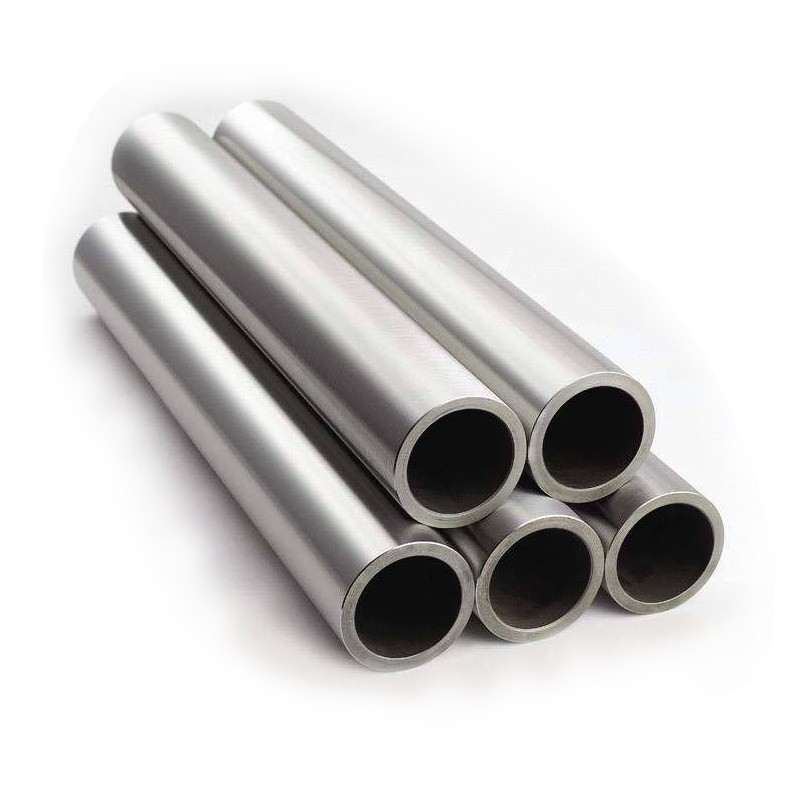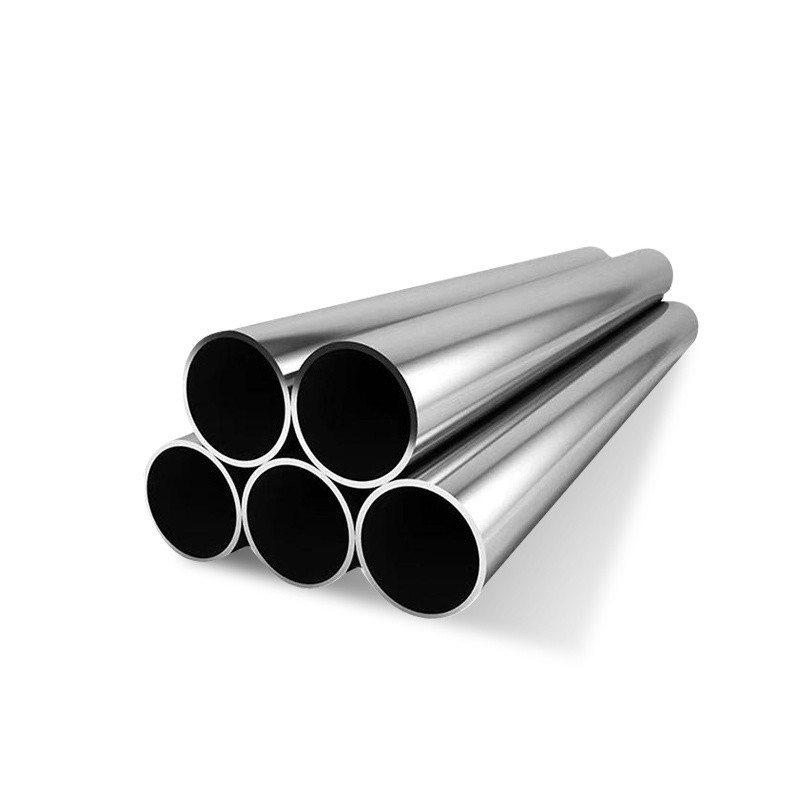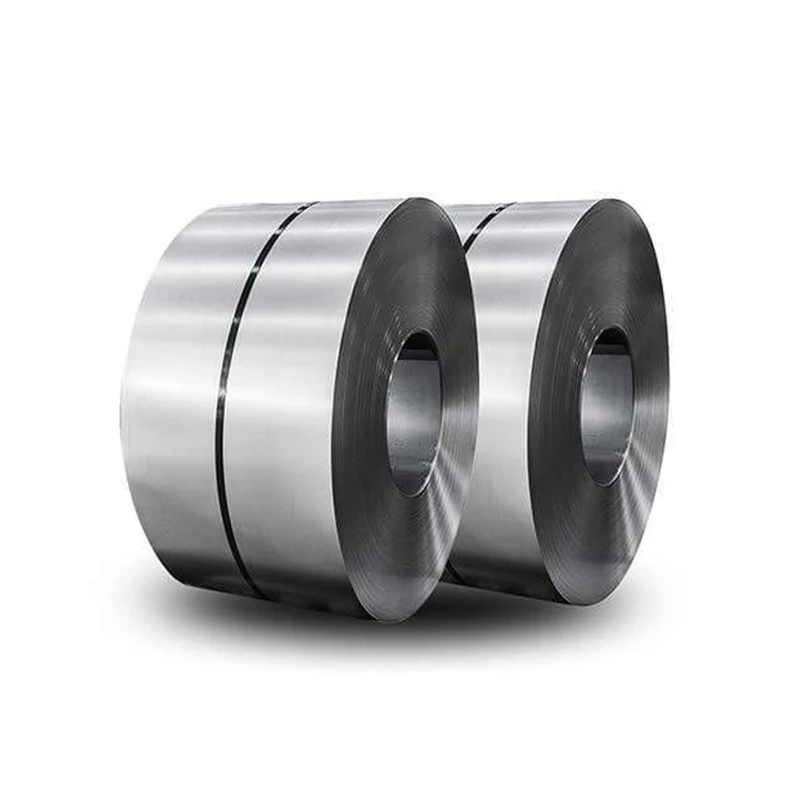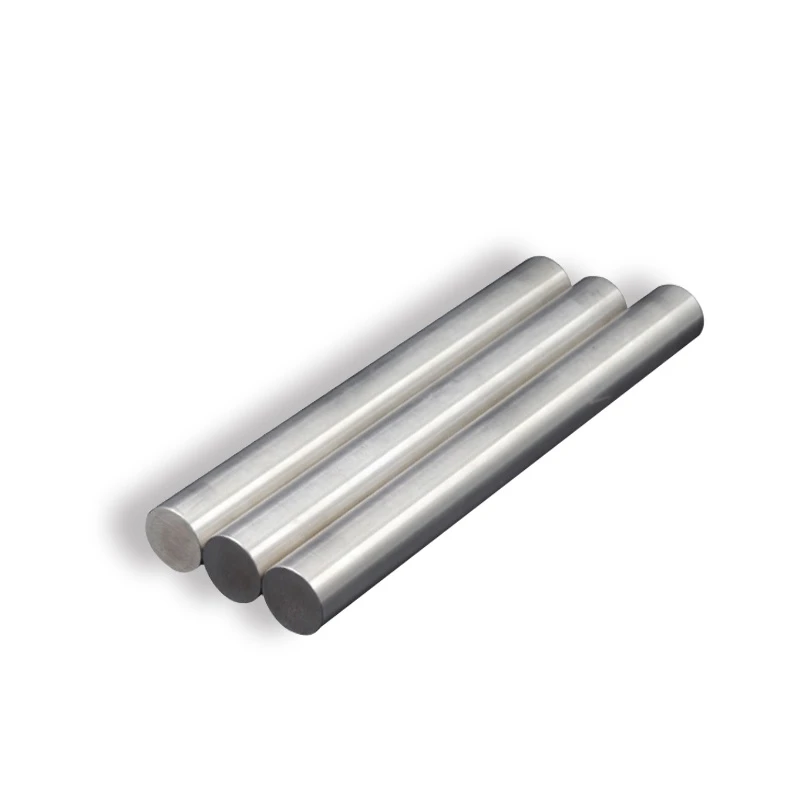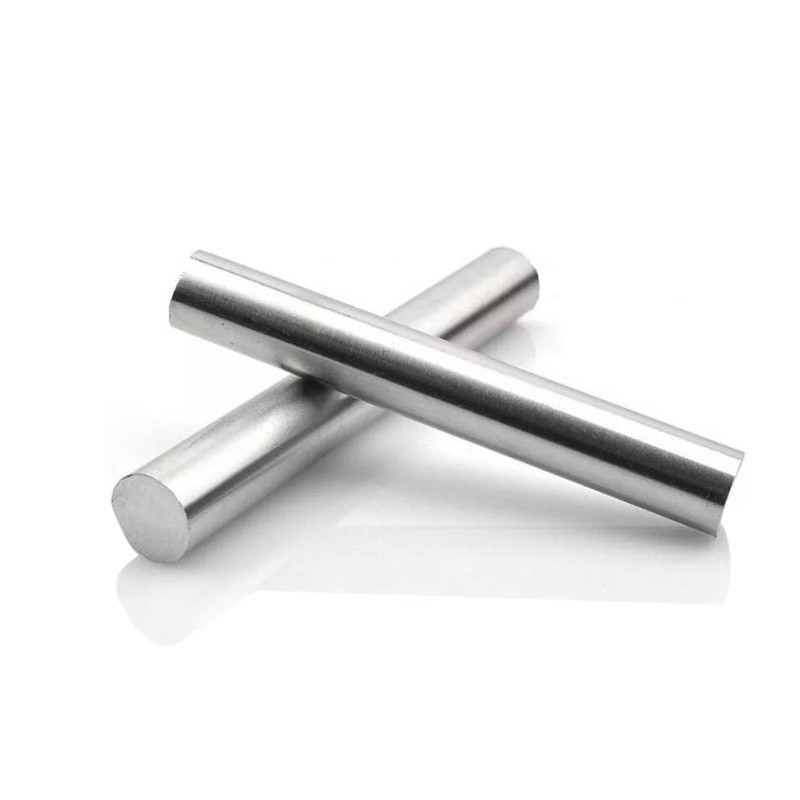
CATEGORIES
FEATURED PRODUCTS
304 Stainless Steel Elbow
We offer this product and related grades with 100% factory direct pricing and free quotes available within 24 hours.
APPLICATION SCENARIOS
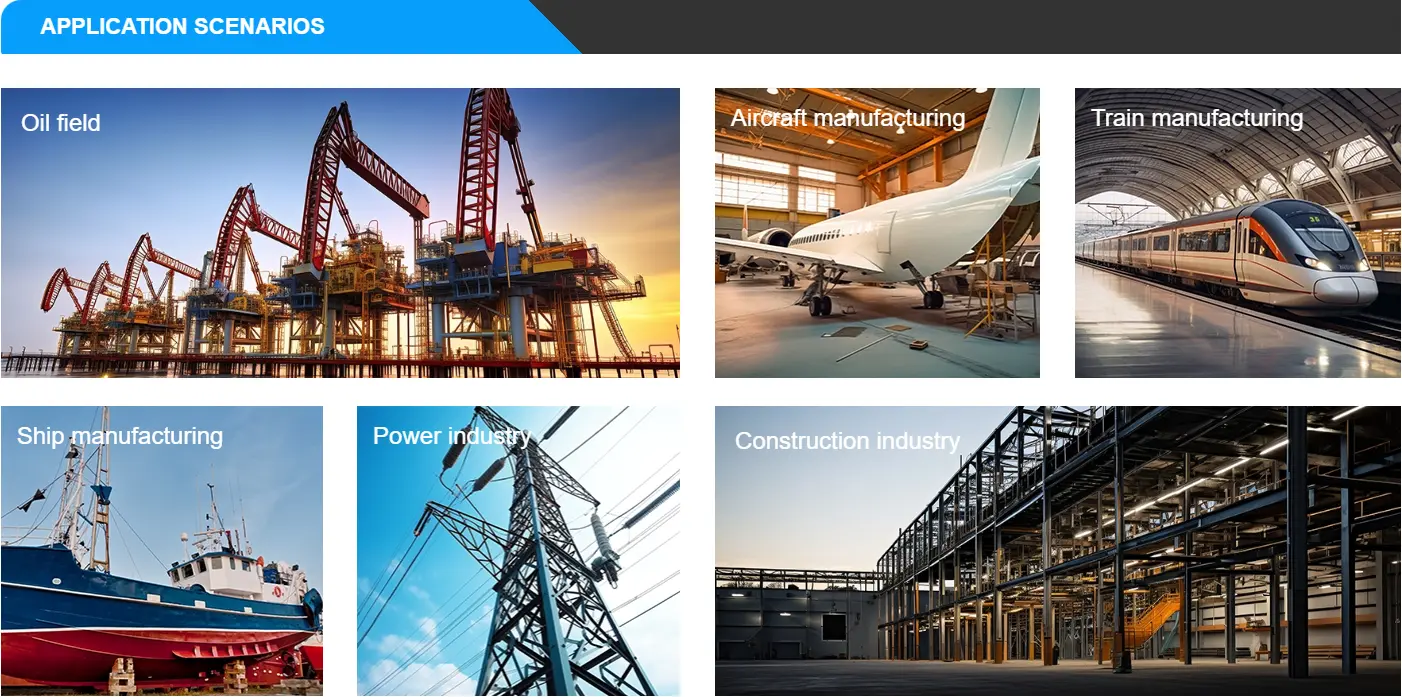
OUR ADVANTAGE

Certificate of Honor
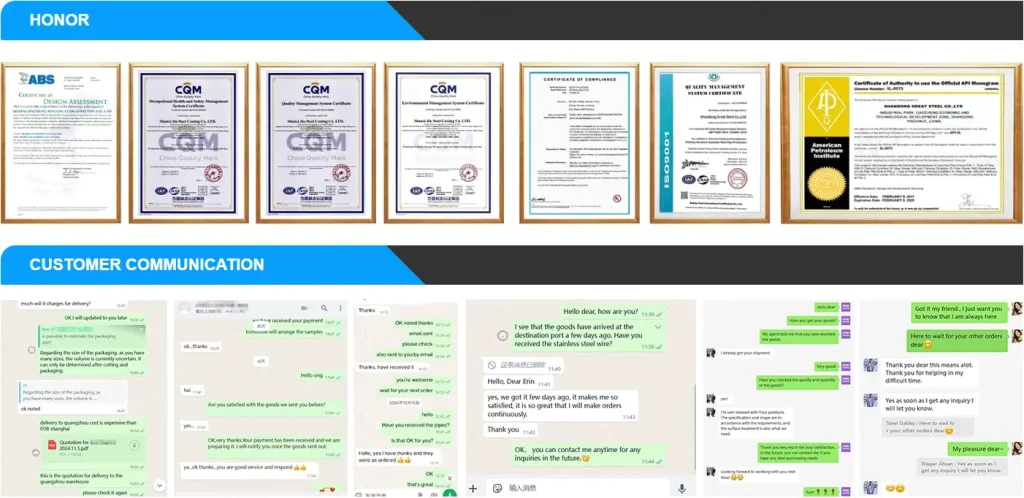
PARTNER

Our Factory
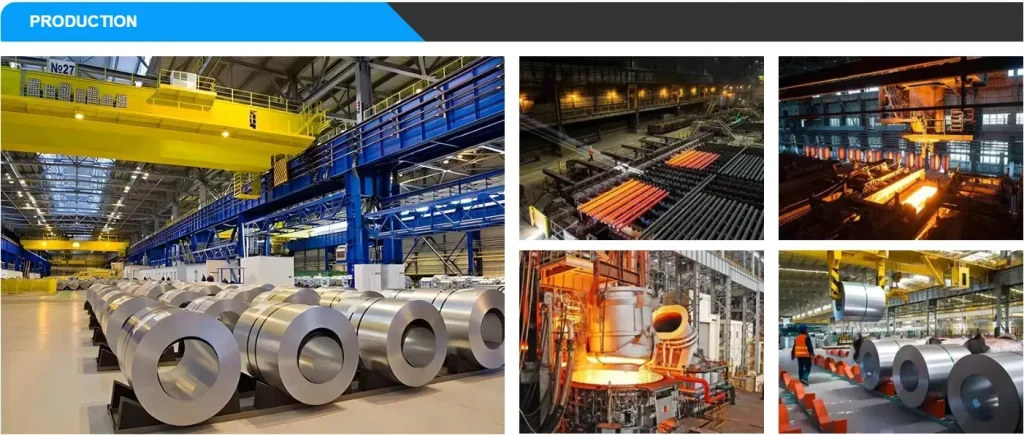
The 304 Stainless Steel Elbow stands as a cornerstone fitting in countless piping systems globally, valued for its exceptional corrosion resistance, strength, and versatility. As experts at Luokaiwei, we've seen firsthand how this particular elbow serves critical roles in industries ranging from food and beverage to chemical processing, oil & gas, and general construction. Its robust properties ensure reliable changes in piping direction, making it an indispensable component. We at Luokaiwei are committed to providing top-tier 304 Stainless Steel Elbows, offering 100% factory prices and supporting custom services to meet the precise demands of your projects.
Understanding 304 Stainless Steel Elbows: An Essential Fitting
In any complex piping system, the need to change direction is inevitable. That's precisely where an elbow fitting comes into play. The 304 stainless steel elbow is a specific type of pipe fitting designed to alter the flow direction of a fluid or gas in a pipeline. Its "elbow" shape allows for turns at various angles, most commonly 90 degrees or 45 degrees, though other angles are certainly available for specialized applications.
Why 304 stainless steel? It's a fundamental question we often address. Stainless steel, by definition, is a steel alloy with a minimum of 10.5% chromium content, which provides its well-known corrosion resistance. Among the various grades, Type 304 is the most widely used and versatile of the austenitic stainless steels. It contains 18% chromium and 8% nickel (hence often referred to as 18/8 stainless steel), a composition that offers an excellent balance of properties. For an elbow, this translates into a fitting that can withstand corrosive environments without degrading, ensuring the longevity and integrity of the entire piping system. Our collective experience underscores that selecting the right material for fittings is just as crucial as selecting the right pipe, as weak links can compromise an entire operation.
Why 304 Stainless Steel Excels for Elbow Applications
When we recommend 304 stainless steel elbows, it's based on a deep understanding of its material science and proven field performance. Several key characteristics make it an outstanding choice:
- Superior Corrosion Resistance: This is perhaps its most celebrated attribute. The chromium content forms a passive, self-healing oxide layer on the surface, which protects the steel from rust and corrosion, even when exposed to moisture, mild acids, and certain alkaline solutions. This makes it ideal for many industrial and outdoor applications where carbon steel would quickly degrade.
- Excellent Weldability: 304 stainless steel is highly amenable to various welding processes, including TIG (Gas Tungsten Arc Welding), MIG (Gas Metal Arc Welding), and shielded metal arc welding. This ease of fabrication is crucial for creating secure, leak-proof pipe joints, which is essential for elbows in any pipeline. Its austenitic structure prevents hardening during welding, which simplifies post-weld processing.
- Good Formability and Ductility: While elbows are typically pre-formed, the material's ability to be easily shaped and drawn into complex forms without cracking is vital during manufacturing. This inherent ductility also provides resilience against mechanical stresses and thermal expansion/contraction in service.
- Hygienic Properties: The smooth, non-porous surface of 304 stainless steel makes it incredibly easy to clean and sanitize. This is why it's the material of choice for elbows in the food and beverage industry, pharmaceutical plants, and medical facilities where maintaining strict hygiene standards is paramount to prevent contamination.
- Cost-Effectiveness: While not the cheapest material upfront compared to carbon steel, 304 stainless steel offers a remarkable balance of performance and price. Its long lifespan and low maintenance requirements often result in a lower total cost of ownership over the project's lifetime, especially when considering the cost of potential replacements or system failures due to corrosion.
These combined properties make 304 stainless steel elbows a go-to solution for engineers and procurement managers worldwide, a choice we frequently support through our manufacturing capabilities.
Key Specifications and Standards for 304 Stainless Steel Elbows
To ensure the quality and compatibility of 304 stainless steel elbows, specific industry standards govern their manufacture and material composition. As a professional manufacturer, we strictly adhere to these benchmarks.
Chemical Composition of 304 Stainless Steel
The precise elemental composition dictates the performance characteristics of 304 stainless steel. Here's a typical breakdown:
| Element | Weight % (Max unless otherwise noted) |
| Carbon (C) | 0.08 |
| Manganese (Mn) | 2.00 |
| Phosphorus (P) | 0.045 |
| Sulfur (S) | 0.030 |
| Silicon (Si) | 0.75 |
| Chromium (Cr) | 18.00 - 20.00 |
| Nickel (Ni) | 8.00 - 10.50 |
| Nitrogen (N) | 0.10 |
| Iron (Fe) | Balance |
Source: ASTM A240/A240M, ASTM A403/A403M
Mechanical Properties of 304 Stainless Steel
These properties define the material's strength and ductility:
| Property | Value (Typical) |
| Tensile Strength | 515 MPa (75 ksi) |
| Yield Strength | 205 MPa (30 ksi) |
| Elongation (in 50mm) | 40% |
| Hardness (Brinell) | 201 Max |
| Hardness (Rockwell B) | 92 Max |
Source: ASTM A240/A240M, ASTM A403/A403M
Common Dimensions and Weights (Illustrative Examples for Butt-Weld Elbows)
304 stainless steel elbows are manufactured to standard dimensions to ensure interchangeability and proper fitting with pipes. These dimensions are primarily governed by ASME B16.9 (Factory-Made Wrought Buttwelding Fittings). The "schedule" refers to the wall thickness, which impacts weight and pressure rating.
Here are a few illustrative examples for 90-degree long radius elbows (Sch 10S and Sch 40S), which are very common:
| Nominal Pipe Size (NPS) | Outside Diameter (mm) | Wall Thickness (Sch 10S, mm) | Weight (Sch 10S, kg) | Wall Thickness (Sch 40S, mm) | Weight (Sch 40S, kg) |
| 1" (DN25) | 33.4 | 2.77 | 0.3 | 3.38 | 0.4 |
| 2" (DN50) | 60.3 | 2.77 | 0.7 | 3.91 | 1.0 |
| 4" (DN100) | 114.3 | 3.05 | 2.3 | 6.02 | 4.0 |
| 6" (DN150) | 168.3 | 3.40 | 5.1 | 7.11 | 8.0 |
| 8" (DN200) | 219.1 | 3.76 | 8.7 | 8.18 | 14.0 |
| 10" (DN250) | 273.1 | 4.19 | 14.0 | 9.27 | 23.0 |
| 12" (DN300) | 323.9 | 4.57 | 20.0 | 10.31 | 34.0 |
Note: Weights are approximate and can vary slightly based on manufacturing tolerances.
Manufacturing Standards for Elbows
Beyond material standards like ASTM A240 (for plate/sheet from which some fittings are made) and ASTM A403 (for wrought austenitic stainless steel piping fittings), the primary dimensional standard for butt-weld elbows is:
- ASME B16.9 - Factory-Made Wrought Buttwelding Fittings: This standard covers the overall dimensions, tolerances, ratings, testing, and markings for factory-made wrought butt-welding fittings, including elbows, in sizes NPS 1/2 through NPS 48.
- MSS SP-43 - Wrought Stainless Steel Butt-Welding Fittings (smaller sizes): For smaller diameter stainless steel fittings, this standard provides specific dimensions and tolerances.
- ISO 5251 - Stainless steel fittings for the food industry: For sanitary applications, specific ISO standards or industry-specific standards like 3A are often applied.
We ensure that all our 304 stainless steel elbows are manufactured to these stringent standards, guaranteeing interchangeability and reliability in your systems.
Comparing 304 Stainless Steel with Other Common Grades
While 304 stainless steel is a workhorse, it's not the only option. Understanding its position relative to other grades is crucial for optimal material selection.
- 304 vs. 304L:
- 304L is a low-carbon version of 304 (the "L" stands for low). Its carbon content is restricted to a maximum of 0.03%.
- Advantage of 304L: This lower carbon content significantly reduces the risk of sensitization (carbide precipitation at grain boundaries) during welding. Sensitization can lead to intergranular corrosion in corrosive environments.
- When to Choose: If your application involves welding and the finished product will be exposed to highly corrosive media or high temperatures (above 425°C or 800°F) in a corrosive environment, 304L is the safer choice to prevent weld decay. For general purposes where welding is followed by appropriate annealing or where severe corrosive conditions are absent, standard 304 performs perfectly.
- Price: 304L is typically slightly more expensive than standard 304 due to the additional control required in its chemistry.
- 304 vs. 316L:
- 316L is another austenitic stainless steel, containing molybdenum in addition to chromium and nickel. The "L" again denotes low carbon.
- Advantage of 316L: The addition of molybdenum provides superior corrosion resistance, particularly against pitting and crevice corrosion in chloride-rich environments (like saltwater, some chemical processing, or coastal areas). It also offers better strength at elevated temperatures.
- When to Choose: If your application involves exposure to chlorides, sulfuric acid, or very high temperatures, 316L is the preferred grade. For less aggressive environments, 304 is usually sufficient and more cost-effective.
- Price: 316L is consistently more expensive than 304 due to the added molybdenum content.
- 304 vs. 201:
- 201 stainless steel is part of the 200 series, which substitutes some of the costly nickel content with manganese and nitrogen.
- Advantage of 201: It offers similar mechanical properties to 304 but at a lower material cost.
- Disadvantage of 201: It has significantly inferior corrosion resistance compared to 304, especially in outdoor or mildly corrosive environments. It is more susceptible to pitting and crevice corrosion. It also work hardens more quickly during forming.
- When to Choose: 201 is suitable for indoor, dry, and non-corrosive applications like decorative trim, some kitchenware, or furniture where appearance and cost are primary drivers, and corrosion resistance is not critical. It is rarely suitable for critical piping applications like elbows where long-term integrity and corrosion resistance are paramount.
- Price: 201 is considerably cheaper than 304.
Our professional recommendation is always to select the grade that matches the application's environmental and performance demands, avoiding unnecessary over-specification while also preventing the false economy of choosing an inadequate material. For most general-purpose industrial and commercial piping, 304 stainless steel offers the optimal balance.
Global Market Price Trends for 304 Stainless Steel Elbows
The price of 304 stainless steel elbows is influenced by a combination of global and regional factors. These include:
- Raw Material Costs: The prices of Nickel, Chromium, and Scrap Stainless Steel are primary drivers. Nickel, in particular, often exhibits significant price volatility on global commodity markets.
- Energy and Production Costs: Manufacturing stainless steel and forming fittings is energy-intensive. Global energy prices directly impact production costs.
- Supply and Demand: Overall economic activity, particularly in construction, manufacturing, and process industries, dictates demand. Oversupply or undersupply in the market can lead to price fluctuations.
- Geopolitical Factors & Trade Policies: Tariffs, trade agreements, and regional conflicts can all impact the cost of raw materials and finished products, leading to localized price variations.
- Manufacturing Location: Countries with lower labor costs and efficient production facilities can often offer more competitive pricing.
- Volume Purchased: As with most manufactured goods, larger bulk orders typically receive more favorable per-unit pricing.
Given these variables, providing an exact global price for a 304 stainless steel elbow is challenging, as prices change daily. However, based on current market trends (as of mid-2025), here's an illustrative price range for commonly used 90-degree Long Radius 304 SS Elbows, Schedule 40S, when purchased in moderate quantities:
| Nominal Pipe Size (NPS) | Estimated Price Range (USD per piece) | Notes |
| 1" (DN25) | $3.00 - $7.00 | Small diameter, common for light industrial |
| 2" (DN50) | $8.00 - $20.00 | Very common size, good liquidity |
| 4" (DN100) | $25.00 - $50.00 | Widely used in various process industries |
| 6" (DN150) | $50.00 - $100.00 | Significant material cost increase |
| 8" (DN200) | $90.00 - $180.00 | Large industrial applications |
| 10" (DN250) | $150.00 - $300.00 | Project-specific pricing often negotiated |
| 12" (DN300) | $250.00 - $500.00+ | High-volume material, subject to market |
Disclaimer: All prices are estimates and subject to change based on real-time market conditions, specific supplier terms, quantity ordered, and shipping costs.
Why Choose Luokaiwei for Your 304 Stainless Steel Elbow Needs?
As a leading metal materials expert from Luokaiwei, I can confidently tell you that our distinct advantages translate directly into benefits for your projects:
- 100% Factory Prices: We operate directly as a manufacturer, eliminating the multiple layers of middlemen, distributors, and resellers that typically inflate prices. This direct sales model allows us to offer you genuinely competitive, factory-direct pricing for all our 304 stainless steel elbows. This is a significant advantage, especially for large-scale projects where cost efficiency is paramount.
- Unwavering Quality Assurance: Quality is the bedrock of our operations. We employ stringent quality control measures at every stage of production, from raw material sourcing to final inspection. Our manufacturing processes strictly adhere to international standards like ASME B16.9 and ASTM A403. We provide comprehensive Mill Test Certificates (MTCs) with every shipment, ensuring complete traceability and verification of chemical composition and mechanical properties.
- Customization Services: We understand that every project has unique requirements. Beyond standard sizes and schedules, Luokaiwei excels in offering custom manufacturing services. Whether you need specific non-standard dimensions, unique bend radii, specialized surface finishes, or particular testing, our engineering and production teams are equipped to deliver tailor-made 304 stainless steel elbows to your precise specifications.
- Extensive Inventory and Rapid Delivery: Our substantial production capacity and well-managed inventory allow us to fulfill orders efficiently, including large volumes. For standard items, we can often facilitate rapid dispatch. Even for custom orders, our streamlined processes ensure competitive lead times, minimizing delays for your project timelines.
- Global Reach and Support: While based in China, our logistical capabilities allow us to serve clients worldwide. We have experience managing complex international shipments and providing comprehensive customer support, ensuring a smooth procurement process from order placement to delivery at your site.
- Expert Technical Support: Our team comprises experienced metal materials experts who can provide technical consultation, helping you select the correct grade, schedule, and specifications for your specific application, ensuring optimal performance and cost-effectiveness.
By partnering with Luokaiwei, you're not just buying a fitting; you're securing a reliable, high-quality solution backed by expert manufacturing and direct-from-factory value.
Luokaiwei Success Story: Accelerated Delivery for a Malaysian Palm Oil Refinery
We recently partnered with a rapidly expanding palm oil refinery in Malaysia that faced a critical challenge. They were undergoing a major expansion to increase their processing capacity, and a significant portion of their piping system required 304 stainless steel elbows for various processing lines handling heated crude palm oil and other corrosive by-products. Their previous supplier encountered unexpected delays, threatening to derail the entire expansion project, leading to substantial financial losses.
The refinery needed a large volume of 90-degree long radius 304 SS Elbows across various sizes, predominantly NPS 4", 6", and 8" in Schedule 10S and 40S, with an urgent delivery requirement. They reached out to us at Luokaiwei.
Our Solution and Impact:
- Rapid Inventory Assessment & Production: Upon receiving their detailed Bill of Materials, our team immediately checked our extensive inventory. We confirmed that a significant portion of the required standard sizes were readily available. For the larger or less common sizes, we fast-tracked production within our factory.
- Swift Logistics Coordination: Leveraging our strong logistical network, we arranged for expedited sea freight to Port Klang, Malaysia. Our experienced logistics team handled all necessary documentation to ensure smooth customs clearance upon arrival.
- Quality Delivered: The entire order was delivered to the refinery's site two weeks ahead of their critical deadline. Each elbow arrived with its corresponding Mill Test Certificate, affirming adherence to ASTM A403 and ASME B16.9 standards. The refinery's quality control team performed their inspections and found zero non-conformances.
- Factory-Direct Savings: Because they purchased directly from Luokaiwei, the refinery realized substantial cost savings compared to purchasing through local distributors in Malaysia. Our 100% factory pricing model allowed them to allocate more budget to other critical aspects of their expansion.
Outcome: The swift delivery of high-quality 304 stainless steel elbows from Luokaiwei allowed the Malaysian refinery to stay on schedule with their expansion. The project manager later commended us for our rapid response, the consistent quality of our products, and the significant cost efficiencies achieved. This case study truly embodies our commitment to reliability, quality, and direct value for our global clients.
Installation and Application Best Practices
Proper installation is critical to maximize the lifespan and performance of your 304 stainless steel elbows. Here are some best practices we advocate:
- Cleanliness is Key: Ensure all pipe ends and elbow surfaces are clean and free from grease, dirt, or contaminants before welding or joining. Contamination can lead to issues like porosity in welds or localized corrosion.
- Proper Welding Procedures: If using butt-weld elbows, employ appropriate stainless steel welding techniques (e.g., TIG, MIG) with suitable filler metals (e.g., ER308L for 304/304L). Maintain proper heat input to prevent sensitization, especially in corrosive environments. Purging with inert gas (like Argon) on the inside of the pipe is highly recommended to prevent sugaring (oxidation) of the weld root.
- Post-Weld Cleaning: After welding, remove any heat tint, slag, or spatter immediately. Pickling (chemical cleaning) or passivation (chemical treatment to restore the passive layer) is highly recommended to restore the full corrosion resistance of the welded area.
- Support and Alignment: Ensure proper pipe support and alignment before and during welding or joining. Stress on fittings from misalignment can lead to premature failure.
- Material Compatibility: Always use compatible stainless steel fasteners, supports, and other components to avoid galvanic corrosion, which can occur if dissimilar metals are in contact in a corrosive environment.
- Regular Inspection: For critical applications, schedule periodic inspections of the piping system, particularly at joints and fittings, to identify any signs of wear, damage, or corrosion early.
Adhering to these practices ensures that the inherent quality of 304 stainless steel elbows translates into long-term operational excellence.
Frequently Asked Questions (FAQs)
1. What is the difference between a long radius (LR) and short radius (SR) elbow?
A long radius (LR) elbow has a radius of curvature equal to 1.5 times the nominal pipe size (1.5D). A short radius (SR) elbow has a radius equal to 1.0 times the nominal pipe size (1.0D). LR elbows provide a smoother flow path with less pressure drop and erosion, making them generally preferred. SR elbows are used when space is limited, as they allow for tighter turns, but result in greater pressure drop.
2. Can 304 stainless steel elbows be used for potable water applications?
Yes, 304 stainless steel elbows are generally considered safe and suitable for potable (drinking) water applications. Its excellent corrosion resistance ensures that it does not leach harmful substances into the water, and its smooth, hygienic surface resists bacterial growth. Many modern water treatment plants and distribution networks utilize 304 stainless steel.
3. How are 304 stainless steel elbows typically joined to pipes?
The most common method for joining 304 stainless steel elbows to pipes is butt-welding. This creates a strong, leak-proof, and permanent connection. Other methods may include flanged connections (if the elbow has integral flanges or is welded to a flange) or mechanical connections for certain applications, but butt-welding is predominant for seamless pipe systems.
4. What is "Schedule 10S" or "Schedule 40S" in relation to elbows?
"Schedule" refers to the wall thickness of the pipe or fitting. A higher schedule number indicates a thicker wall, which means greater strength and higher pressure resistance. The "S" (e.g., 10S, 40S) typically denotes that it's a lighter wall thickness within the stainless steel pipe standards, optimized for corrosion resistance where high pressure is not the primary concern, but specific pressure requirements will push towards higher schedules.
5. How do I prevent "rouge" formation on 304 stainless steel elbows in pharmaceutical or high-purity applications?
Rouge is a reddish-brown discoloration that can form on stainless steel, often due to oxidation of iron. In high-purity or pharmaceutical systems, it's critical to prevent. This requires meticulous cleaning (especially after welding), passivation (chemical treatment to enhance the passive layer), and often electro-polishing to create an ultra-smooth, uniform surface that minimizes sites for rouging or bacterial adhesion. Regular cleaning and validation protocols are also essential.
In conclusion, the 304 Stainless Steel Elbow is a vital component for numerous piping applications, offering a compelling blend of corrosion resistance, strength, and ease of fabrication. Its superior properties ensure long-term performance and reliability in demanding environments. When you require uncompromising quality, precision manufacturing, and direct factory pricing for your 304 stainless steel elbows, we at Luokaiwei are your trusted partner. We pride ourselves on offering 100% factory prices and supporting custom services to precisely meet your project's unique needs. Partner with us, and experience the Luokaiwei difference in your next venture.

